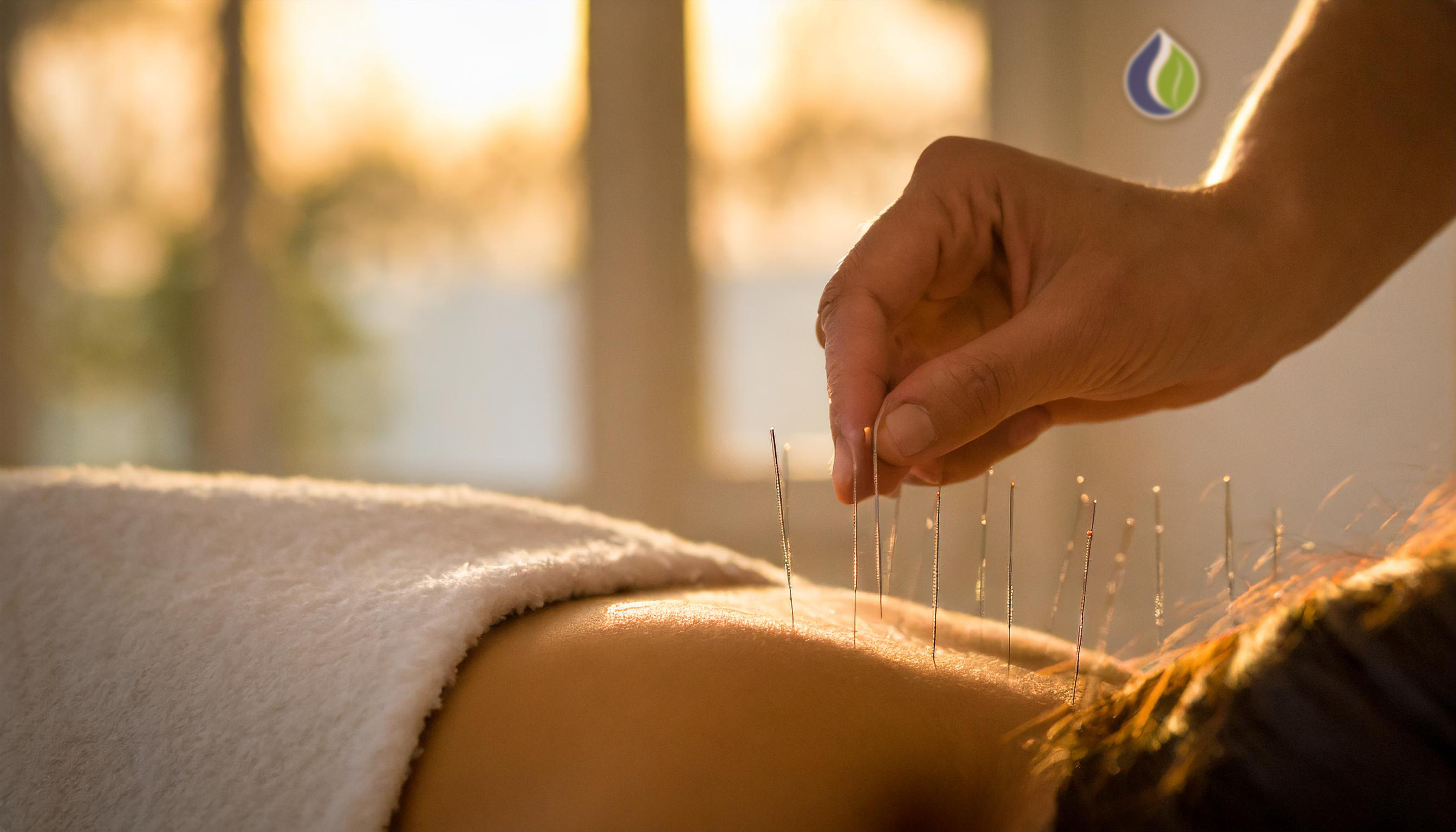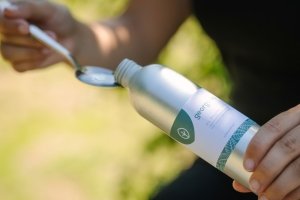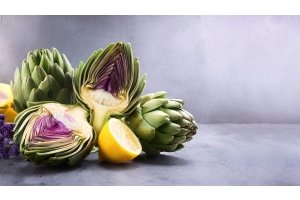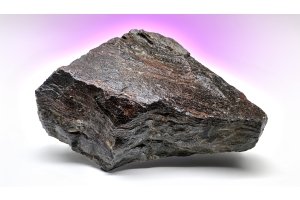
In our quest for a healthy and balanced life, there are numerous approaches and therapies that can help us. One of these approaches is acupuncture, an approach that is gaining increasing recognition and popularity. In this extensive blog we delve deeper into the world of acupuncture, what it is and what you can achieve with acupuncture. We also discuss meridians and traditional Chinese medicine (TCM). We also introduce you to Meditech Europe, which is happy to offer advice and support in this area.
What is Acupuncture
Acupuncture is a traditional Chinese medicine practice that has been practiced for thousands of years. It is based on the concept of the circulation of life energy, called "qi", through meridians in the body. According to traditional Chinese medicine, illness can occur when the flow of qi is disrupted.
In acupuncture, thin needles are placed at specific points on the body that correspond to the meridians and organs. The goal is to restore the balance of qi and promote energy flow. Acupuncture is commonly used for pain relief, treating various conditions and promoting general well-being.
What are Meridians
Meridians are imaginary energy channels or pathways in the body according to Traditional Chinese Medicine (TCM). According to this concept, life energy, known as "qi", flows through these meridians. The idea is that this energy flow is essential for maintaining good health, and disruptions in the flow of qi can lead to a variety of health problems.
There are twelve main meridians associated with specific organs and functions in the body. Each of these meridians has points where acupuncture needles can be placed to influence the flow of energy. The meridians are often considered in pairs, with each pair lying symmetrically on either side of the body.
The major meridians include the Liver Meridian, Lung Meridian, Kidney Meridian, Spleen Meridian and others. The concept of meridians and the practice of acupuncture are closely linked in traditional Chinese medicine. The idea is that restoring balance and promoting the free flow of energy along these meridians can improve health and well-being. However, it is important to note that the concepts of meridians and qi do not directly correspond to anatomical structures in Western medicine.
What concepts is Acupuncture based on?
Acupuncture is based on the fundamental principles of Traditional Chinese Medicine (TCM), which promote a holistic view of health and wellness. Here are some of the core principles and concepts that underlie acupuncture:
- Qi (life energy): According to Chinese medicine, qi as life energy flows through the body via meridians. It is the essence of life and health. A free and balanced flow of qi is considered essential for maintaining health, while blockages or imbalances can lead to disease.
- Yin and Yang: Yin and Yang are fundamental concepts in Chinese philosophy and medicine. They represent opposing but complementary forces and symbolize the idea of duality and balance. In the body, health is achieved when the Yin and Yang are in harmony.
- Meridians: As mentioned earlier, meridians are imaginary energy channels in the body along which qi flows. Each of the twelve main meridians is connected to specific organs and functions. Placing acupuncture needles at certain points along these meridians is done to regulate the flow of qi and correct any imbalances.
- Acupuncture points: There are specific points on the meridians where acupuncture needles are inserted. Each point has its own specific function and is selected based on the person's symptoms and diagnosis. Stimulation of these points is believed to influence the flow of qi.
- Holistic approach: Unlike Western medicine, which often focuses on specific symptoms or organs, traditional Chinese medicine approaches the body holistically. The aim is to restore balance to the entire system, rather than just treating the symptoms.
- Diagnosis: TCM diagnosis often involves observing the tongue, feeling the pulse, and discussing symptoms. Based on this, an acupuncturist is helped to determine which meridians are out of balance and which acupuncture points need to be stimulated.
Although the concepts of TCM and acupuncture may seem different from Western medicine, many people worldwide have reported positive experiences with acupuncture for pain relief, stress management, and general well-being. However, it is always important to work with a qualified and experienced acupuncturist, especially in addition to, and not as a substitute for, regular medical care.
How does an Acupuncture Treatment work?
An acupuncture treatment generally consists of several steps. Here is a typical progression of an acupuncture session:
Intake interview: the acupuncturist starts with an extensive intake interview. This includes questions about your medical history, current health status, symptoms and lifestyle. The acupuncturist may also ask about sleep patterns, dietary habits, stress levels, and other factors that may be relevant to traditional Chinese medicine (TCM) diagnosis.
Diagnosis according to TCM principles: The acupuncturist may use additional diagnostic techniques, such as observing the tongue and feeling the pulse, according to TCM principles to get an idea of the balance of qi in the body.
Drawing up a treatment plan: based on the diagnosis, the acupuncturist will draw up a treatment plan that is specifically tailored to your individual needs and symptoms.
The treatment plan may include the choice of acupuncture points, the number of sessions, and other treatment modalities such as moxibustion (heating acupuncture points) or cupping (applying vacuum to the skin).
Inserting acupuncture needles: You will be asked to lie on a treatment table, usually comfortably dressed. The acupuncturist places thin, sterile needles at specific acupuncture points along the meridians. The needles are usually inserted only a few millimeters to centimeters deep, depending on the location of the point.
Inserting the needles should generally cause little to no pain, but you may experience a slight tingling sensation, a feeling of warmth, or pressure.
Stimulation of acupuncture points: After the needles are inserted, the acupuncturist may gently move, rotate or stimulate them to promote energy flow. Some acupuncturists also use additional techniques such as electrical stimulation of the needles.
Rest and observation: You will then be left to rest and relax while you leave the needles in for several minutes to about half an hour. During this period you can experience a feeling of relaxation.
Removal of needles: after the rest period, the needles are carefully removed. Some people notice immediate relief after treatment, while others may not notice improvement until after a few sessions.
The number of sessions required varies depending on the condition and individual response.
Conclusion
Acupuncture is an alternative medicine based on the principles of traditional Chinese medicine (TCM). This allows specific goals to be achieved or certain problems to be addressed.
Meditech Europe is ready to advise you about acupuncture and provide products that can support this. For more information and questions, please contact info@meditecheurope.nl or +31527 292 331. We strive to contribute to the growth and development of acupuncture as a valuable approach to health and well-being.
FAQ
Does acupuncture have added value today?
Although acupuncture has its origins in traditional Chinese medicine, it is practiced worldwide and has attracted the attention of modern medicine. Many people experience positive results when treating various conditions, but it is important to note that the effectiveness of acupuncture can vary and it is advisable to consult a qualified and experienced acupuncturist if you are considering trying this form of treatment.
What else can an acupunupuncturist do to support the acupuncture treatment?
The acupuncture treatment can be supported with exercise therapy such as Qi Gong, Chinese herbs, massage therapy such as Tui-Na and Shiatsu, meditation and lifestyle and nutritional advice.
What is important in the Traditional Chinese Medicine (TCM)?
Traditional Chinese medicine, including acupuncture, is based on a holistic view of humanity. Body and mind form one whole. A condition or complaint is seen as a disruption of general well-being and energy balance. Acupuncture restores the natural balance and complements conventional Western medicine excellently.




